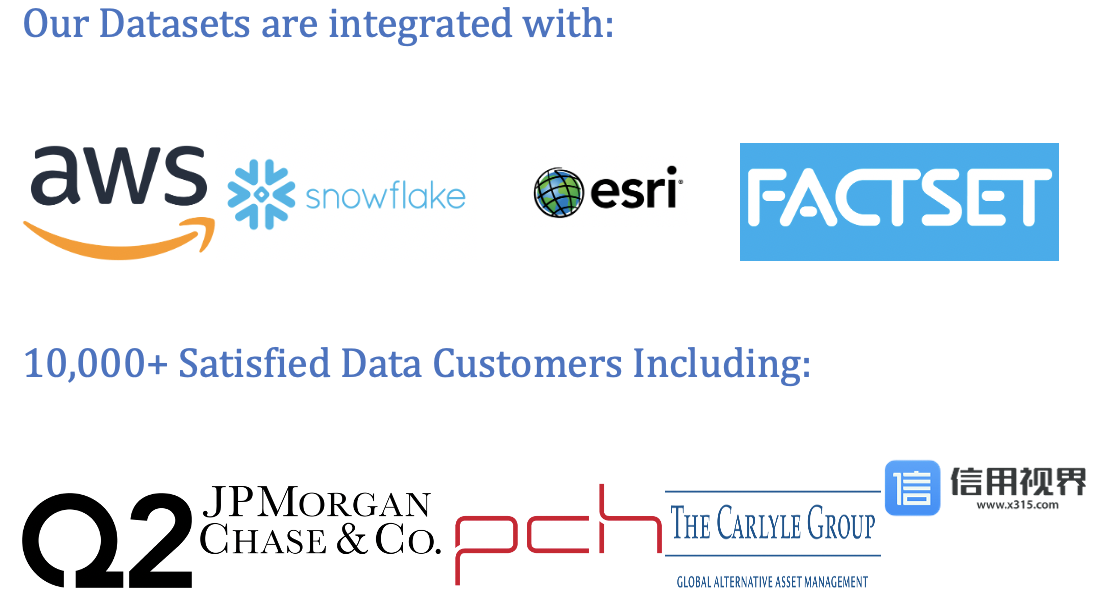
Top Weather Data Providers
Understanding Weather Data
Weather Data is collected through a network of weather stations, satellites, radar systems, weather balloons, and other monitoring devices deployed worldwide. These instruments measure different aspects of the atmosphere and provide real-time or historical data for analysis and interpretation. Weather Data is used by meteorologists, climatologists, researchers, emergency responders, agriculture, aviation, transportation, energy, and other industries to make informed decisions and mitigate weather-related risks.
Components of Weather Data
Key components of Weather Data include:
- Temperature: Measurement of air temperature, typically in degrees Celsius or Fahrenheit, indicating the level of heat or cold in the atmosphere.
- Humidity: Measurement of water vapor content in the air, expressed as a percentage of the maximum amount of moisture the air can hold at a given temperature.
- Precipitation: Amount of water falling from the atmosphere to the Earth's surface, including rain, snow, sleet, hail, and drizzle, measured in millimeters or inches.
- Wind: Speed and direction of air movement near the Earth's surface, measured in kilometers per hour, meters per second, or knots.
- Atmospheric Pressure: Force exerted by the weight of the atmosphere above a given point on the Earth's surface, measured in millibars or inches of mercury.
- Cloud Cover: Percentage of the sky obscured by clouds, indicating the extent of cloudiness or clear skies.
Top Weather Data Providers
- Leadniaga : Leadniaga offers advanced weather data analytics solutions, providing real-time weather data feeds, forecasting models, and visualization tools for businesses and organizations. Their platform integrates weather data from multiple sources to deliver accurate and reliable forecasts tailored to specific user needs.
- The Weather Company (IBM): The Weather Company, an IBM business, provides weather data and forecasting services for businesses and industries worldwide. Their Weather Data API offers access to a vast repository of weather information, including current conditions, forecasts, severe weather alerts, and historical data, for integration into applications and decision support systems.
- AccuWeather: AccuWeather is a leading provider of weather forecasts, warnings, and data services for consumers, businesses, and government agencies. Their suite of weather products includes AccuWeather Enterprise Solutions, offering customized weather data feeds, analytics, and consulting services for various industries.
- National Oceanic and Atmospheric Administration (NOAA): NOAA operates the National Weather Service (NWS), providing weather forecasts, warnings, and observations for the United States and its territories. The NWS offers access to weather data through its website, APIs, and data dissemination systems, supporting public safety, emergency management, and environmental monitoring efforts.
Importance of Weather Data
Weather Data is crucial for society and the economy for the following reasons:
- Public Safety: Provides early warnings and forecasts for hazardous weather events, such as hurricanes, tornadoes, floods, and wildfires, enabling individuals and communities to take protective actions and evacuate if necessary.
- Agriculture: Supports agricultural planning, crop management, and yield forecasting by providing information on temperature, precipitation, soil moisture, and growing degree days to farmers and agricultural stakeholders.
- Transportation: Facilitates safe and efficient transportation operations, including aviation, maritime, and surface transportation, by offering weather forecasts, road conditions, visibility reports, and storm tracking information to travelers and transportation authorities.
Applications of Weather Data
The applications of Weather Data include:
- Meteorological Forecasting: Generates short-term and long-term weather forecasts for various purposes, including agriculture, energy production, outdoor events, construction projects, and disaster preparedness.
- Climate Monitoring: Tracks climate trends, extreme weather events, and long-term climate variability to assess climate change impacts, inform adaptation strategies, and support climate research and policymaking.
- Renewable Energy: Optimizes renewable energy production and grid integration by forecasting wind speeds, solar radiation, and other weather parameters to enhance energy yield, reduce operational costs, and mitigate weather-related risks.
Conclusion
In conclusion, Weather Data plays a vital role in understanding and managing atmospheric conditions, meteorological phenomena, and climate patterns that impact society, the economy, and the environment. With top providers like Leadniaga and others offering advanced weather data analytics solutions, stakeholders can leverage Weather Data to make informed decisions, mitigate weather-related risks, and enhance resilience to climate variability and change. By harnessing the power of Weather Data effectively, individuals, businesses, and governments can adapt to changing weather conditions, protect lives and property, and promote sustainable development.
Our Datasets are integrated with :



10,000+ Satisfied Data Customers including :








